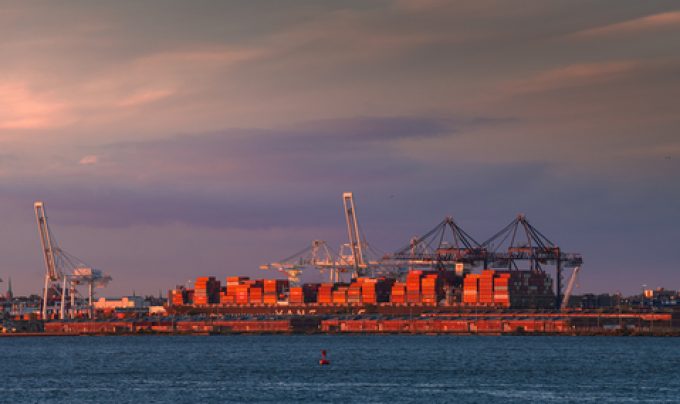Legal wrangle over terminal project could hobble South African port efficiency hopes
Continued congestion at South African ports hit by high winds has brought calls for a ...

The coastal shift of cargo from America’s west coast to the east and Gulf Coast ports could not mitigate a 10% slump in container import volumes in November at the eastern terminals.
According to the McCown Report analysis of the top ten US container ports, the east and Gulf Coast gateways saw a 9.7% decline in imports last month, compared with November 2021, to 939,766 teu.
Nevertheless, the US east coast terminals fared better than their Pacific coast rivals, where imports collapsed ...
Outlook for container shipping 'more uncertain now than at the onset of Covid'
Shippers warned: don't under-value US exports to avoid tariffs – 'CBP will catch you'
Cancelled voyages take the sting out of spot rate declines this week
New Houthi warning to shipping as rebel group targets specific companies
K+N CEO unveils impact of US import tariffs on China-origin goods
Blanked sailings in response to falling demand 'just a stop-gap solution'
CMA CGM to reflag box ship as the French carrier eyes growing Indian market
Teamsters union vows UPS will be 'in for a hell of a fight' over jobs cull
Boeing looks to resell up to 50 aircraft rejected by Chinese buyers
More pressure on transpacific rates as carriers bet on a China-US trade deal
'Strong start' to 2025, despite market uncertainty, says Kuehne + Nagel
US Customs chaos means 'more downside risk than upside potential' for air cargo
Taiwan ministries act to mitigate effect of trade war on agriculture exports
Wan Hai joins box shipping 'arms race', but avoids Chinese yards for newbuilds
MOL signs up with Climeworks for direct air carbon capture and storage

Comment on this article